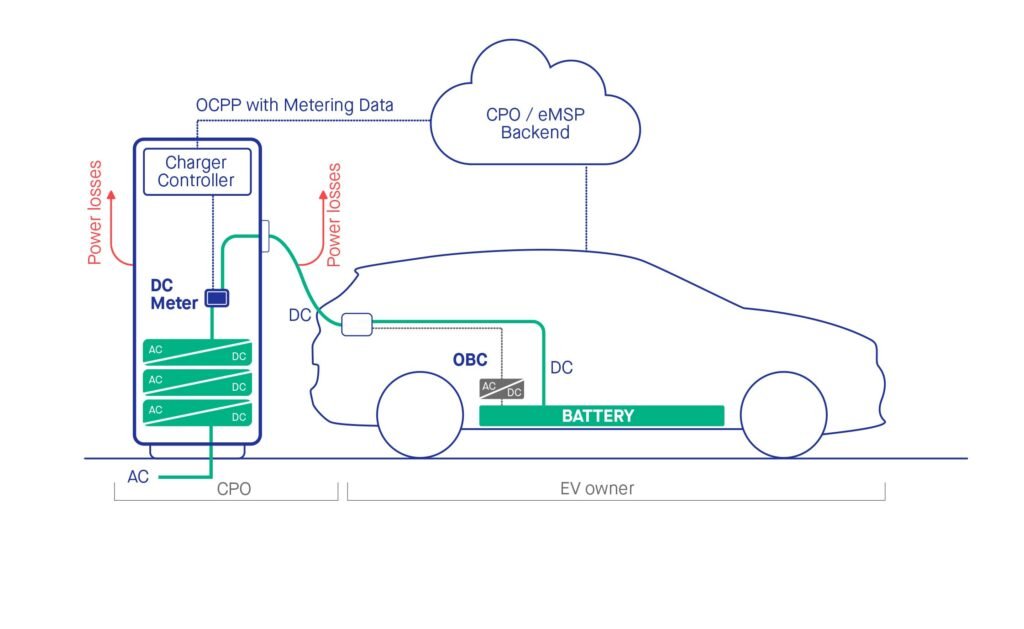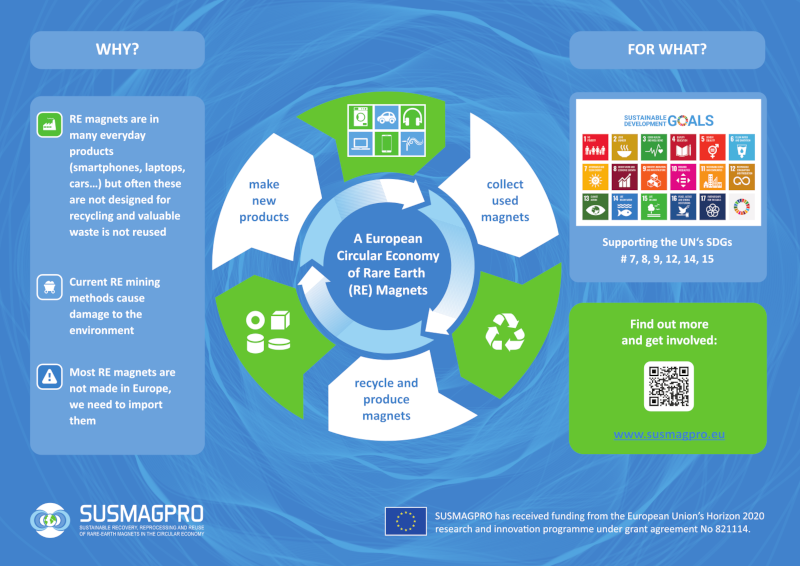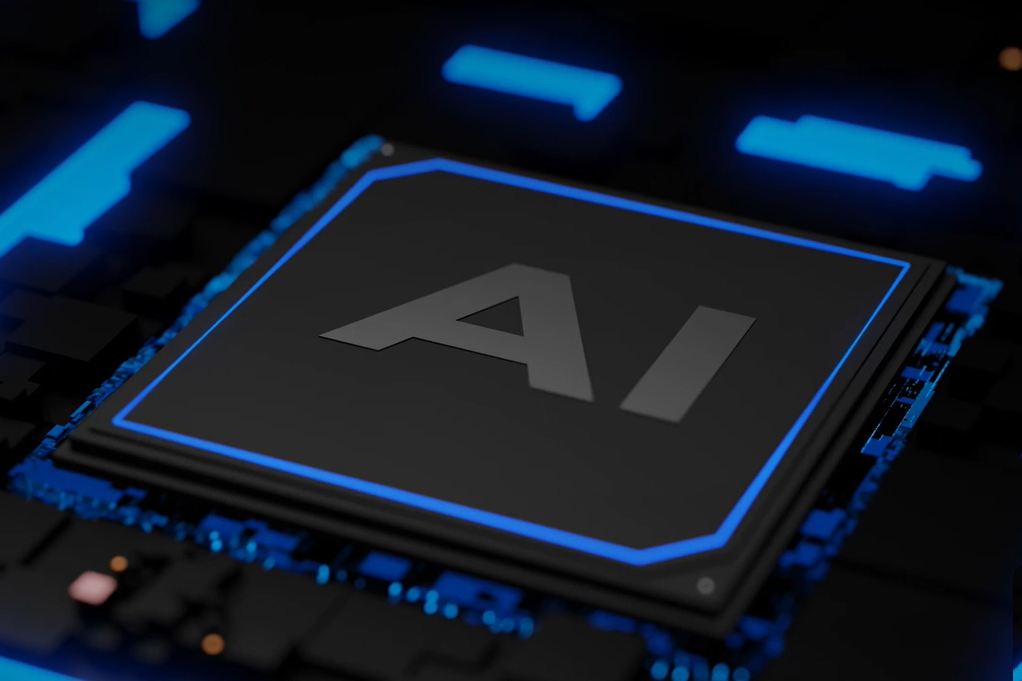
The Right Laser Optic for Every Weld
Philip Marben The battery enclosure is a central component of a battery-electric vehicle. Welding its various parts presents specific challenges
Latest News

Philip Marben The battery enclosure is a central component of a battery-electric vehicle. Welding its various parts presents specific challenges

Integrating energy metering and legal metrology into EV fast charging stations is essential to deliver accuracy, transparency and trust Charles

Ignazio Dentici The automotive industry, having spent over a century perfecting internal combustion engine manufacturing, must now rapidly adapt to

Battery Design: The Epicentre of the EV Ecosystem Brian Whitaker Transitioning from gas-powered internal combustion engines (ICE) to clean energy

Leak Testing for Battery Systems in Electromobility: Challenges and Solutions Raphael Nold In recent years, electromobility has experienced remarkable growth,

Project SUSMAGPRO Sustainable Recovery, Reprocessing and Reuse of Rare-Earth Magnets in a European Circular Economy Editor As electrification continues to

The role of universities in the development of sustainable battery supply chains The University of Warwick highlights the breadth of

AI holds the key to making cleaner, greener and safer EV batteries a reality Krzysztof Slosarczyk The acceleration of Electric

Wireless Power Transmission: A game changer for Electric Vehicles Mark Philips Wireless Power Transmission (WPT), as the name suggests, transfers

Ultrasonic Welding: Green Manufacturing Technology for Battery Cell Production Axel Schneider In the dynamic world of electric vehicles, the efficient